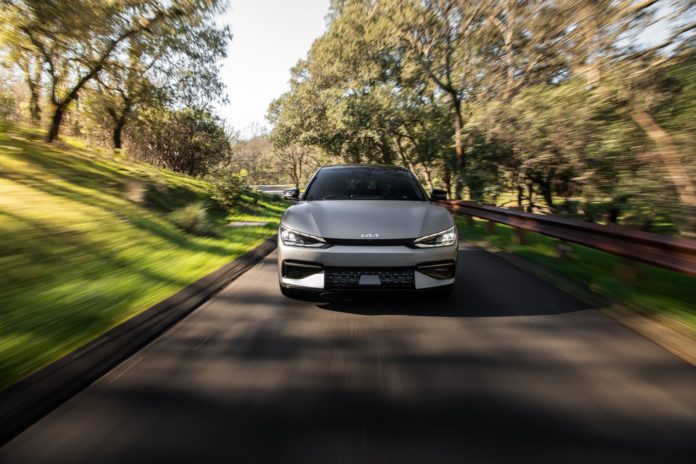It’s that time of the year—the time when Green Car Reports rounds up the latest green vehicles, and decides which one is the best.
One of these will be named Best Car To Buy on Jan. 4, 2023, and to kick off the competition, we’ll explore each of these models in greater depth over the next couple of weeks. As we give each one on this honor roll a top-level look, do you already have a favorite?
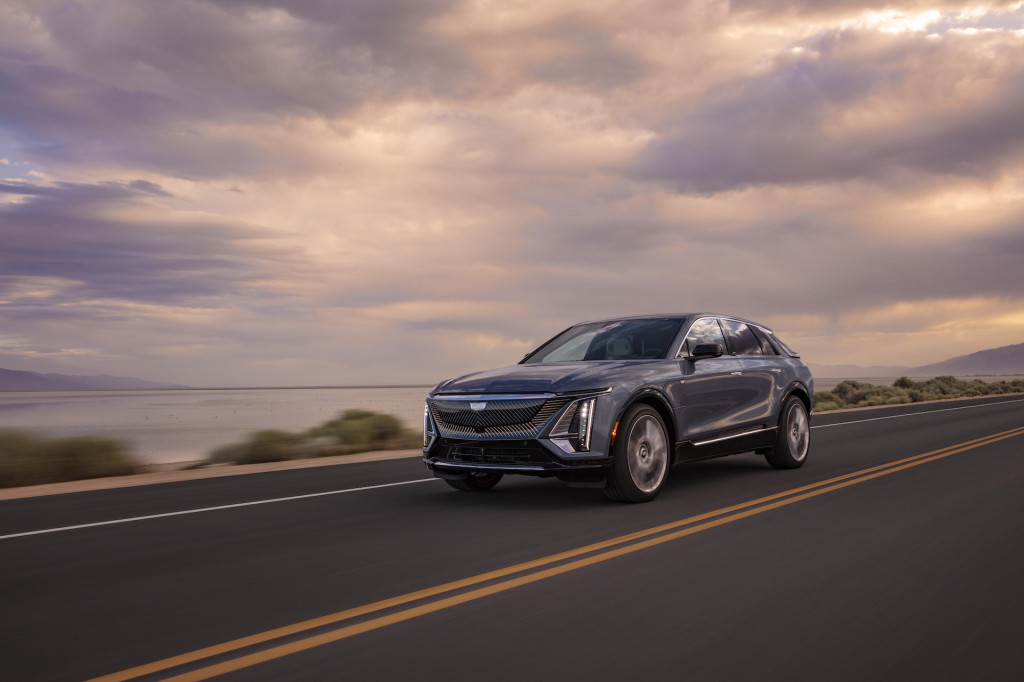
2023 Cadillac Lyriq
Cadillac Lyriq
The Lyriq is the first mass-production model from GM featuring its much-touted Ultium battery technology, which was announced in 2020 as part of a broad pivot for the company toward EVs. Although initially offered in single-motor rear-wheel-drive form, it’s the version with the best efficiency and an EPA range of up to 312 miles. We find its exterior compelling and fresh, from the rakish, sport-wagon silhouette to the wraparound tail, while the charming design of the five-seat interior and new switchgear take things in a new, cleaner direction that we assume will be featured in a new generation of Cadillacs, if not GM vehicles, as Cadillac goes all-electric by 2030.
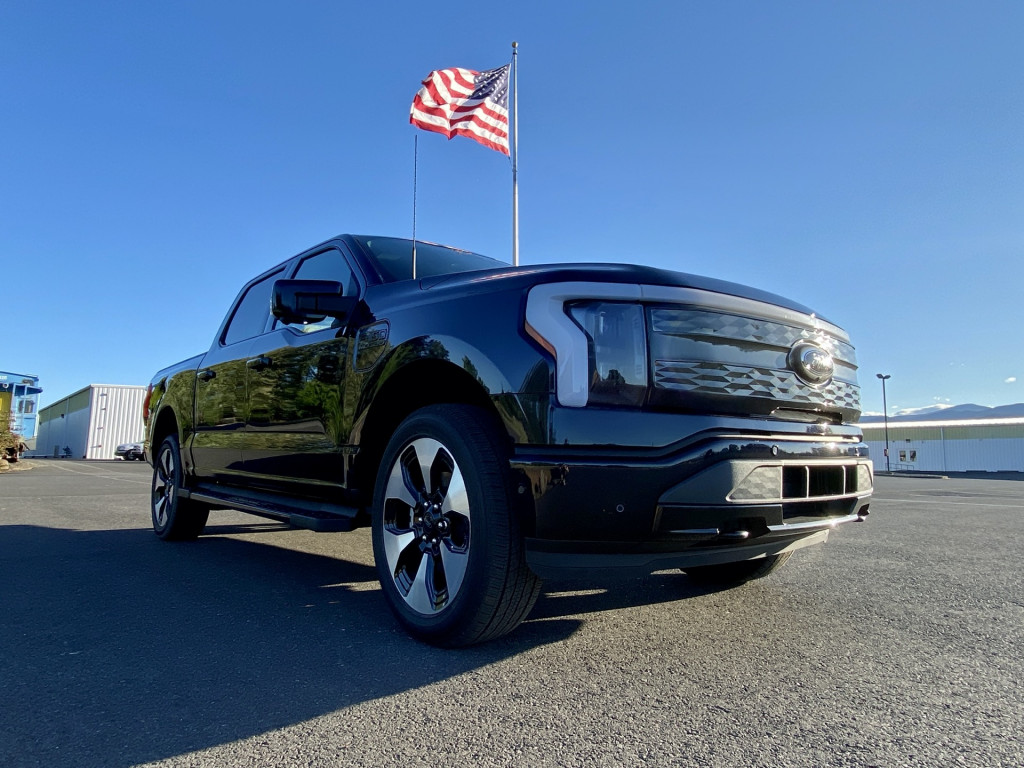
2022 Ford F-150 Lightning
Ford F-150 Lightning
The F-150 Lightning is an F-150 pickup, just one that’s fully electric—and has some features packed in that are in support of America’s shift to more green energy. With the same frame, made stouter to support the battery pack without sacrificing payload, and an independent rear suspension, the Lightning performs and rides better than the gas version in most respects—except towing, of course. At up to 320 miles from its 131-kwh extended range pack, it’s not efficient by EV standards, but versus gasoline trucks it arguably makes a bigger impact. Ford also, bravely, is the first automaker to offer a warranty-supported Home Integration system that, with a smart charger and disconnect switch, will allow owners to use the Lightning as backup home power and with solar.
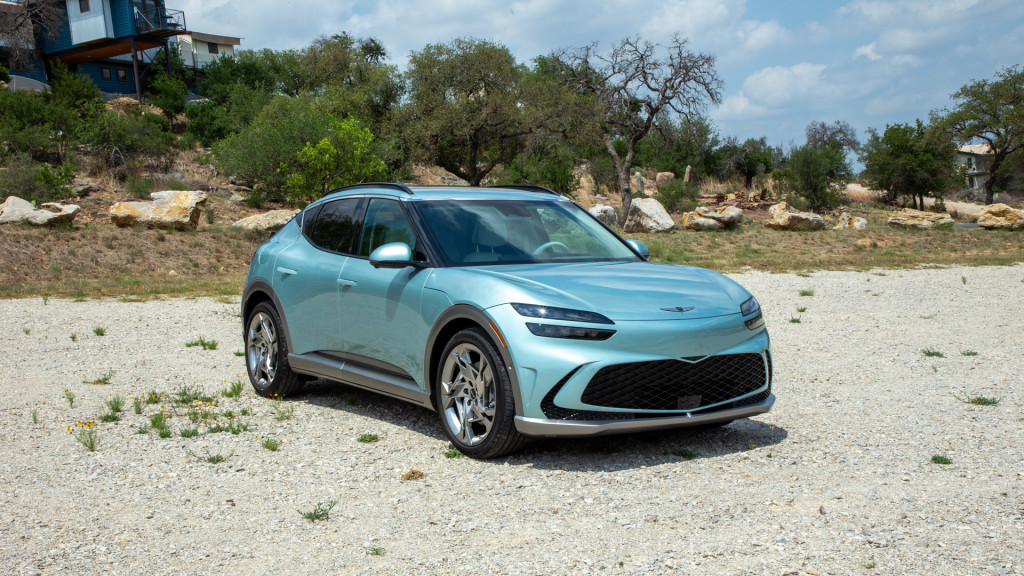
2023 Genesis GV60
Genesis GV60
Hyundai’s Genesis luxury brand is making some distinctive new luxury cars, and the brand’s first EV fits into white space—smaller than the competitive set aligned with the Tesla Model Y, and with some of the rambunctious driving character and cues of a compact sport coupe. The GV60 doesn’t feel nearly as spacious inside as the Hyundai Ioniq 5 or Kia EV6—nor does it meet their best driving range numbers—but that’s OK as we see it as more of a luxury coupe replacement. Drivers will likely immediately notice the neon-green “boost” button along the steering-wheel spoke, letting loose an extra 54 hp and 70 lb-ft of torque—up to 483 hp and 415 lb-ft—for 10 seconds at a time. We’ve found that makes the GV60 a hoot to drive, and although there’s a massaging driver’s seat on the menu we’ve found its ride and suspension tuning not always in sync with the mission.
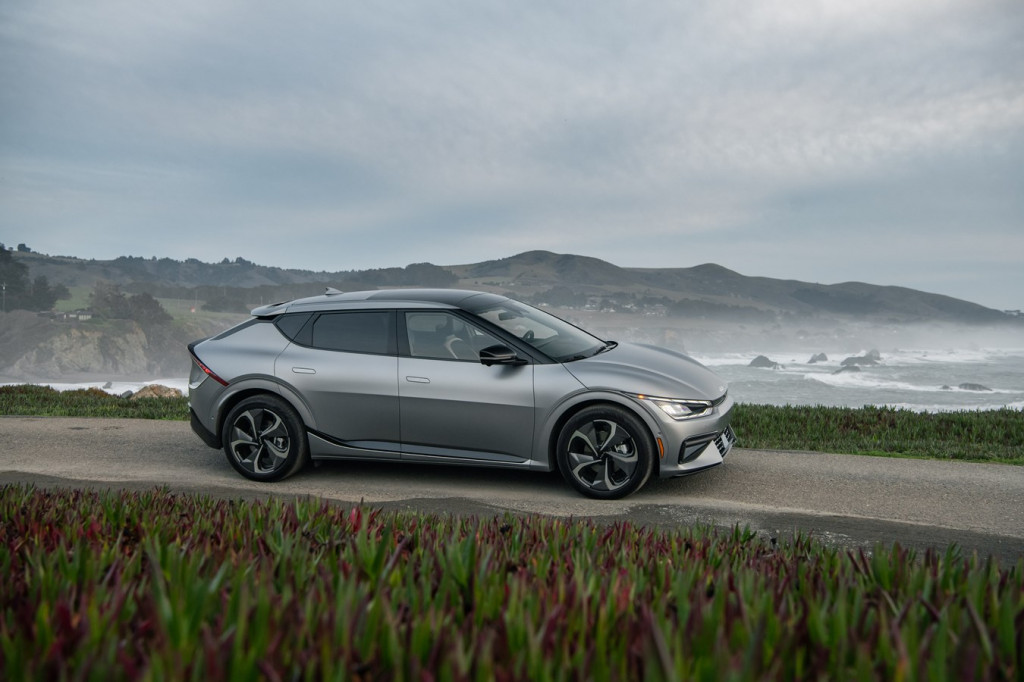
2022 Kia EV6
Kia EV6
The Kia EV6 is closely related to the Hyundai Ioniq 5, which was included on last year’s shortlist—and to the Genesis GV60 just above—but it’s already offered in all U.S. states and, at least initially, has rolled out to U.S. customers in far greater numbers. Unlike the Ioniq 5, the EV6 makes no bids to nostalgia or heritage; it’s a clean-slate vehicle that packs some serious panache like the handsome Telluride SUV and previous Stinger sport-hatchback. Don’t get it confused with an SUV, as its ground clearance is 2.5 inches less than that of the typical Subaru, but for on-road performance it’s a gem. And the 576-hp EV6 GT arrives soon, as a full-fledged electric performance car. With less than a year on the market Kia has already dropped the smaller battery pack and raised the price of the large-pack, rear-wheel-drive version—the one with the 310-mile range rating—to nearly $50,000.
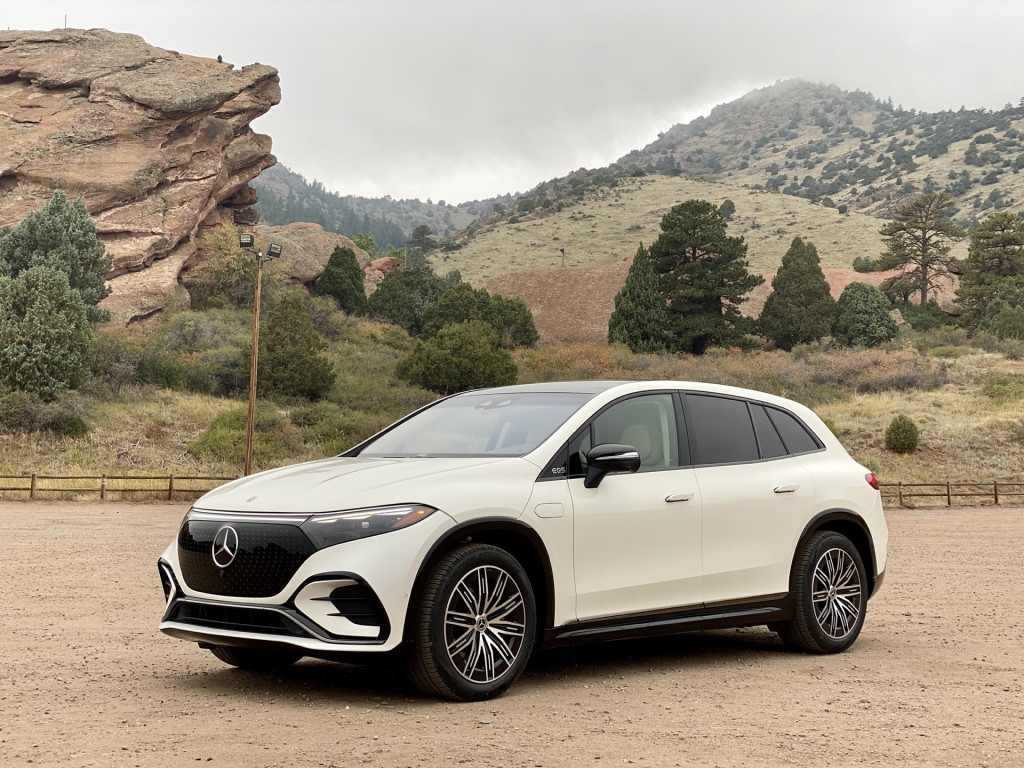
2023 Mercedes-Benz EQS SUV
Mercedes-Benz EQS SUV
Mercedes aborted the U.S. launch of its EQC electric SUV at the eleventh hour several years ago, and what was a head-scratcher then makes a lot more sense now. Like the EQS electric hatchback that arrived last year, the EQS SUV is a flagship that doesn’t make any excuses. With 305 miles of range, seating for up to seven, and a stately cabin that looks and feels every bit the luxury role (and price), the EQS SUV is the proper way to launch the electric side of the brand to Americans. All EQS SUVs include an air suspension and rear-axle steering, and the resulting maneuverability and verve may have you a bit in disbelief that you’re in a three-row, 6,200-plus-pound SUV—one with some level of off-road ability. That said, this is a vehicle clearly built for traditional luxury and comfort, and all the details are right in sync with Mercedes’ top gasoline models.
How we decide on Green Car Reports’ Best Car To Buy
How do we filter what’s green? Here, it mostly relates to a vehicle’s impact on the air and the atmosphere—in terms of global warming and smog-forming emissions. A series of amassed peer-reviewed papers and respected scientific sources agree that in the vast majority of typical use cases, electric vehicles are better for the environment in this definition.
Yes, assembling an electric vehicle, making the battery, and sourcing the materials for it adds to the vehicle’s carbon footprint, but these impacts are offset within a few years of the EV’s service life. And in terms of tailpipe emissions averted, the effects on your community’s health are immediate and positive.
Plug-in hybrid discharge
We do keep covering hybrids and plug-in hybrids for the difference they can make in peoples’ lives and the greater good—if seen as a next-best option. That’s especially true for plug-in hybrids; if EV infrastructure just won’t meet needs for weekend trips, well-chosen for daily-driving needs they can permit zero-tailpipe-emissions driving most days. And those on the way, complying with stricter California requirements for all-electric range, are going to make those days few and far between—if the user charges every day.
But even PHEVs add another emissions source, and a vehicle that may use gasoline for decades. We’re at the point at which there are fully electric possibilities in most vehicle categories, thus we’re no longer including plug-in hybrid entries as finalists and potential “best” green vehicles.
It’s not just a range race
There’s one way we’ve widened the filter: In the past we’ve limited our list of qualifying EVs to those that go at least 125 miles, EPA-rated, on a charge. This year, with a wider deployment of fast-charging—including a federally supported network with chargers every 50 miles, we lifted that requirement. As more households align wants and needs, and see EVs as primary and secondary vehicles, shorter-range EVs will play an important part of the vehicle market, saving resources and raw materials. We want to see more of them on the market.
Market impact
In some way, the Best Car To Buy also has to make a big impact (short- or long-term) for the market—and that could be interpreted as going for volume and affordability, making a new segment of the market electric, or optimizing the technology for efficiency. While we see big batteries and range as a red herring for the whole industry, last year’s winner, the Lucid Air, has been built in versions offering up to 520 miles of range.

